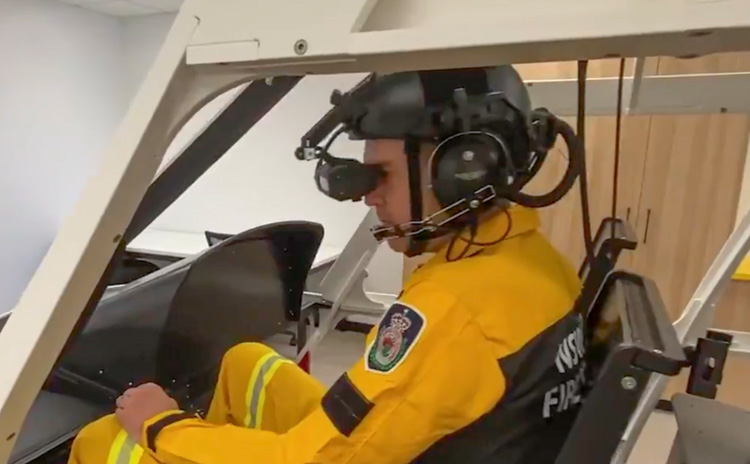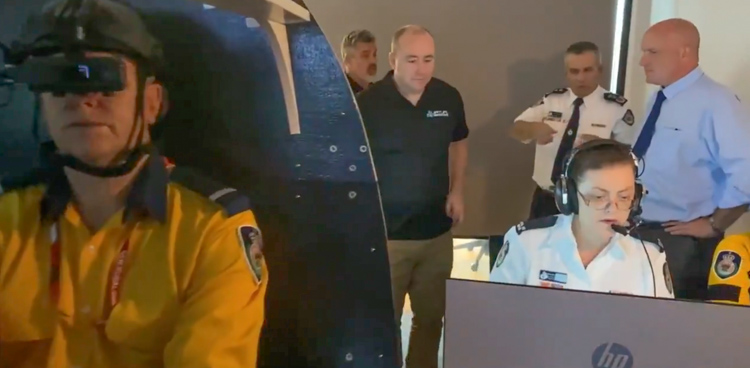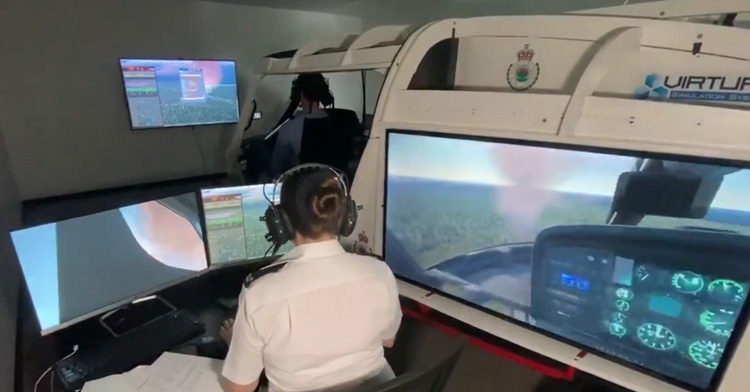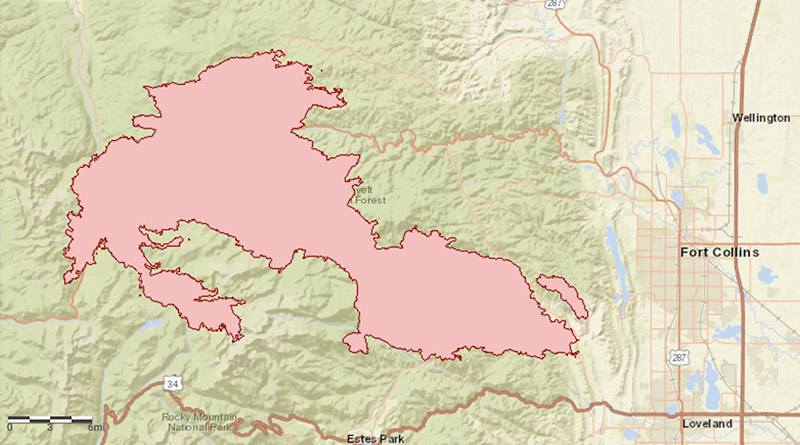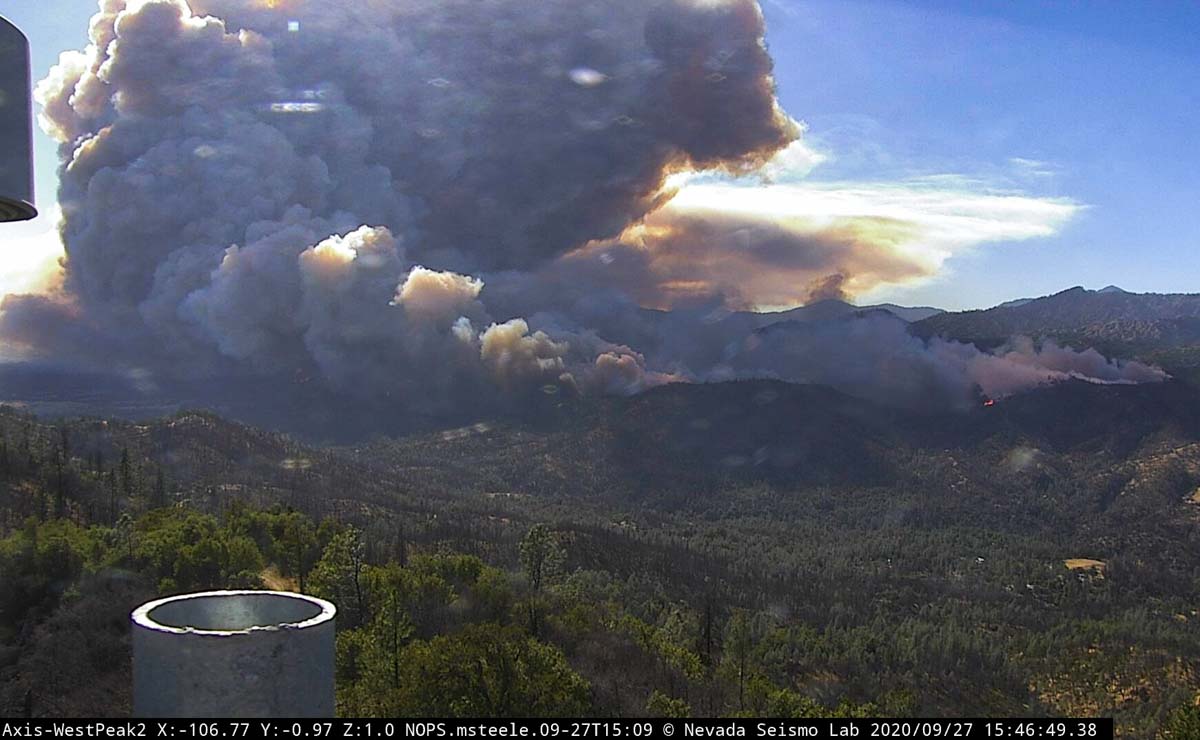
A bill expected to be signed by California’s Governor next week will authorize $536 million for forest management and wildfire mitigation in the state. This is about double what has been spent in recent years.
The final survey of the season found the snowpack at 59 percent of average, and most of the state’s reservoirs are at considerably lower levels than their historical averages. Most of California is in drought, ranging from moderate to exceptional, according to the April 6 Drought Monitor.

After budget cutbacks last year anticipating that the COVID-19 pandemic would reduce incoming funds, California ended up with a significant surplus.
Anticipating a greater need for wildfire mitigation, and now having dollars available, the Governor’s office released a statement that read in part:
“With California facing another extremely dry year, it is critical that we get a head start on reducing our fire risk. We are doing that by investing more than half a billion dollars on projects and programs that provide improved fire prevention for all parts of California.
“Key parts of the Administration’s initial proposal have been supplemented by legislative ideas that will pay dividends over the years, such as greater investments in forest health projects, improvements on defensible space, home hardening against fires, fire prevention grants, and prevention workforce training. The plan includes public and private lands vegetation management, community-focused efforts for prevention and resilience and economic stimulus for the forestry economy.”
About $22 million is being committed to help low-income and disadvantaged homeowners implement structure hardening to make them more resistant to wildfire.
At least $123 million is going toward the Fire Prevention Grants program. The funding will be awarded using criteria that maintains fire risk severity as the primary factor, and then prioritizes projects that protect a larger population base or number of structures relative to the size of the grant.
Democratic Sen. Bill Dodd, a member of the Senate Wildfire Working Group, said the new spending package includes more than $280 million for forest management and $200 million for fuel breaks.








